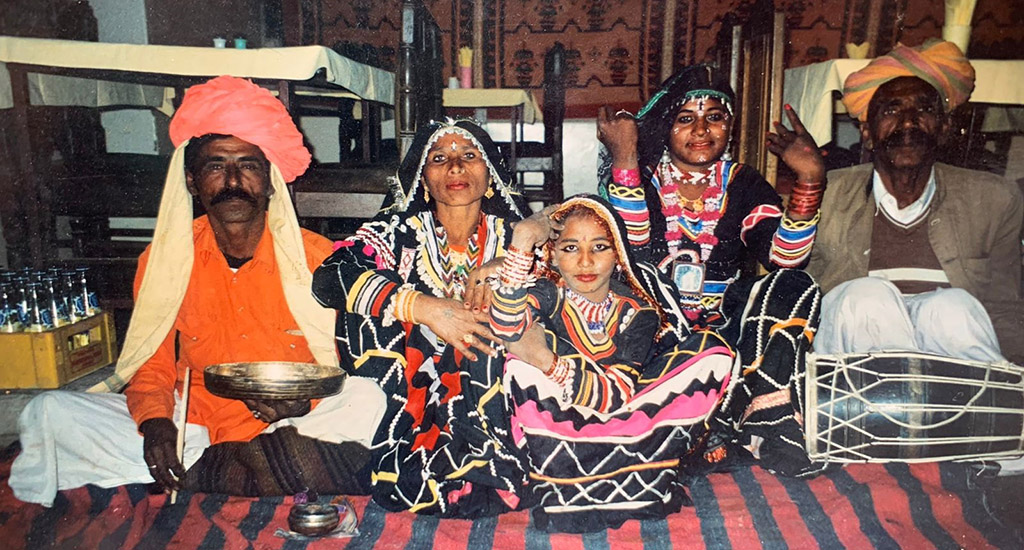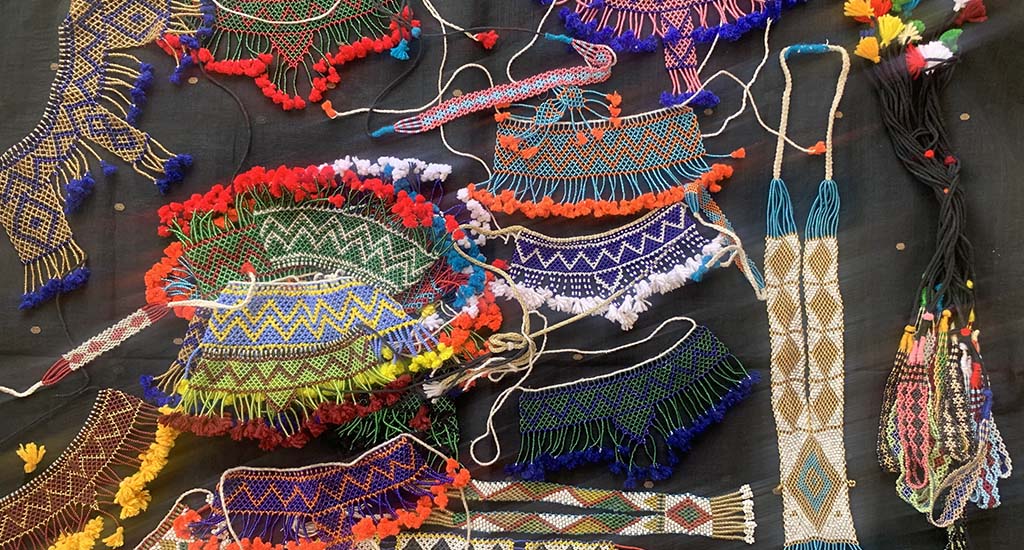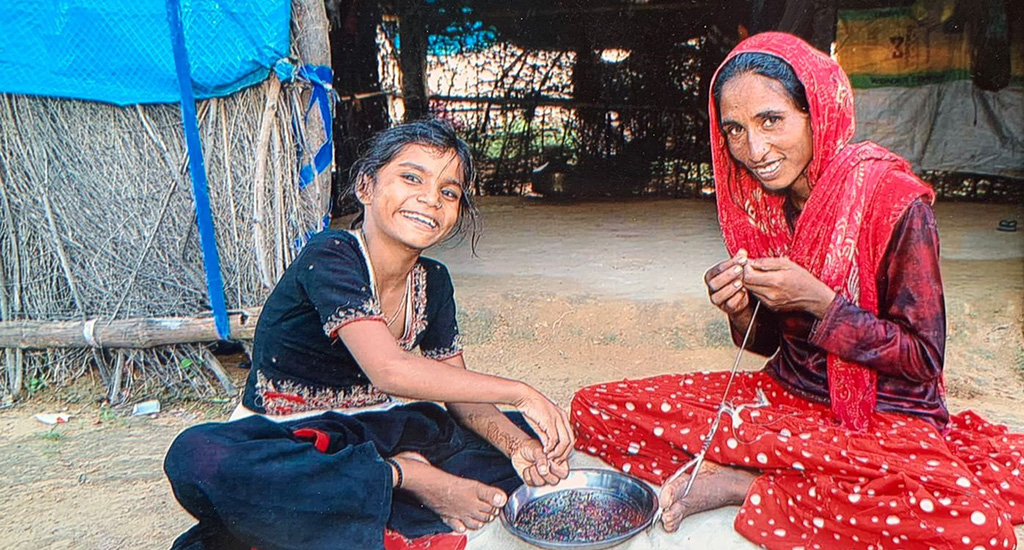When I turned 18, I was sent to my husband’s house. The first few months of my married life were fine. Then my husband turned abusive.
We were living in a hotel on the outskirts of Ajmer, where we were performing then.
My husband wasn’t keen to work. But how could we live without working? Things became so intense that in 2008, I consumed poison. My husband was unconcerned even then.
A hotel worker told my family, who rushed me to hospital, got me treated and took me home.
When my husband came after a few months and promised my parents to mend his ways, I returned with him. However, my troubles didn’t stop even after my daughter Ganga and son Jaggu were born.
When I was pregnant with my third child Anshu, my husband left me at my parents’ house. He hasn’t returned since.
That was five years ago.




